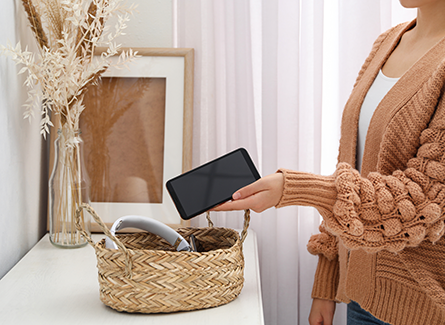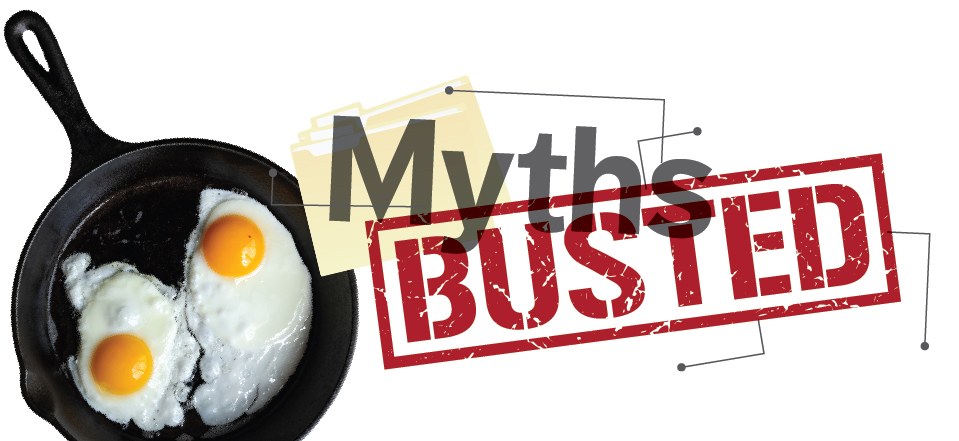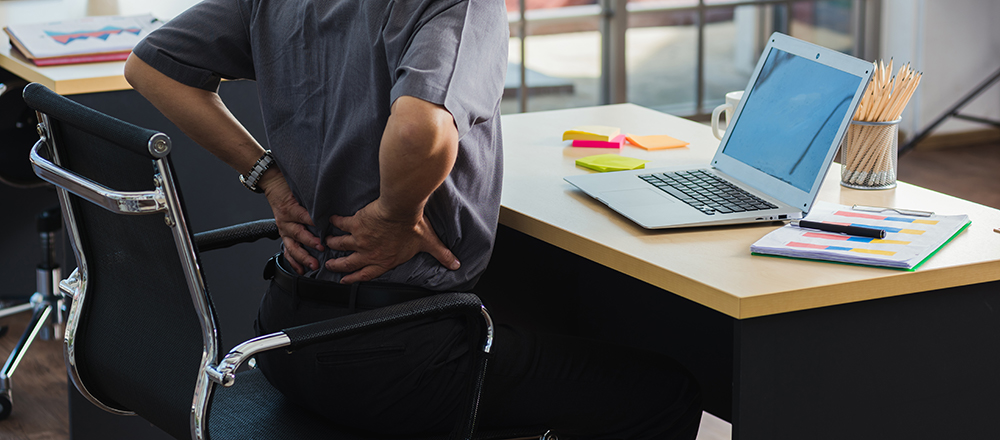
In a world where digital devices offer endless streams of information, communication and entertainment, the concept of going without them – or a digital detox – might seem impossible. However, as our digital dependence grows so does the importance of periodically unplugging from technology.
What is digital detox?
Digital detox a conscious decision to disconnect from electronic devices and digital distractions for a designated period. Whether it's a day, a weekend or even a week, the goal is to step away from the constant notifications, email and social media updates to rethink our relationship with technology and reconnect with the world around us.
Should you or shouldn’t you unplug? Here are a few benefits to consider:
Reduced stress and anxiety. Constant notifications and the pressure to stay connected can take a toll on your mental health. A digital detox allows your mind to unwind, rest and rejuvenate.
Improved focus and productivity. Digital distractions are everywhere, making it challenging to concentrate on tasks and complete them efficiently. By disconnecting from screens, we create a conducive environment for deep thought, creativity and sustained attention.
Enhanced presence and connection. How often have you been physically present but mentally absent, lost in the virtual world of your devices? A digital detox encourages us to be fully present in the moment, fostering deeper connections and relationships.
Better sleep quality. The blue light emitted by screens can disrupt your circadian rhythms and interfere with your ability to fall asleep and stay asleep. By unplugging before bedtime, we give our brains a chance to wind down naturally, leading to more restful and rejuvenating sleep.
Rekindled passions and hobbies. When you're not glued to screens, you can rediscover old passions and hobbies. Whether it's reading a book, playing a musical instrument or exploring the great outdoors, a digital detox opens up many possibilities.
So, how do you begin a digital detox? The steps can vary for each person, but here are a few tips to get started:
Set clear boundaries. Decide on the duration and scope of your digital detox. Will it be a full weekend without screens or just a few hours each evening? Communicate your intentions to friends, family and colleagues to manage expectations.
Plan alternative activities. Fill your digital detox time with activities that bring you joy and fulfillment. Whether it's taking a walk, practicing mindfulness meditation or engaging in a creative project, make sure to have a plan to stay busy.
Create tech-free zones. Designate certain areas in your home or workplace where electronic devices are off-limits. This could be the dinner table, the bedroom or a cozy reading nook.
Practice mindfulness. Pay attention to how you feel during your digital detox. Notice any cravings or impulses to check your phone and gently redirect your attention to the present moment. Mindfulness practices, such as deep breathing, can help anchor you in the here and now.
Reflect and reassess: At the end of your digital detox, take time to reflect on your experience. What did you learn about yourself and your relationship with technology? Are there changes you'd like to make moving forward to maintain a healthier balance?
While the idea of unplugging from our digital devices may seem daunting at first, the benefits of a digital detox can far outweigh the temporary discomfort or inconvenience. By periodically disconnecting from screens and reconnecting with the world around us, we can achieve greater balance, presence and well-being in our lives.



